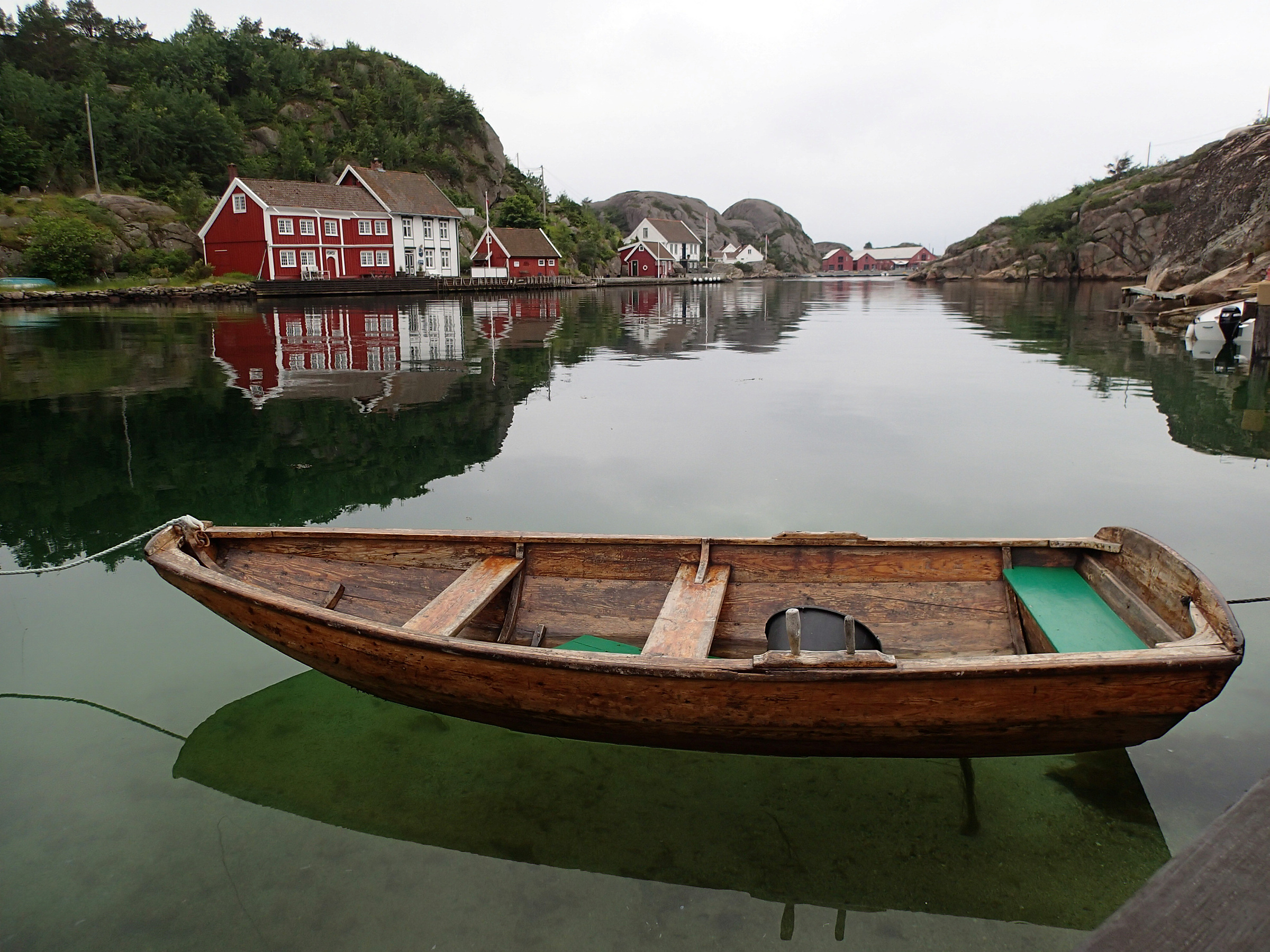PROJECTS AND INITIATIVES
Preservation strategies for cultural environment management
The new preservation strategies will be one of the key policy instruments for cultural environment management in the years ahead.
At the request of the Ministry of Climate and Environment, and in collaboration with various other actors in the cultural environment sector, the Directorate for Cultural Heritage has drawn up the first two preservation strategies: one for coastal cultural environments and one for agricultural cultural environments. Both strategies came into effect in February 2025.
Work is underway on the next two preservation strategies: one for the cultural environments of villages and towns, and one for the cultural environments of commerce and industry. Both strategies will be subject to public consultation at the end of April, and proposals are to be submitted to the Ministry of Climate and Environment in August.
The aim of the preservation strategies is to update and coordinate public policy instruments to ensure that more of our important cultural monuments, sites and environments are safeguarded and remain accessible for future generations. The strategies also seek to facilitate the preservation and use of cultural monuments, sites, environments and landscapes as resources in social development. This is in line with Report to the Storting no. 16 (2019–2020) New goals for Norway’s cultural environment policy – Involvement, sustainability and diversity (2019-2020).
Contact information for the team coordinator for preservation strategies
Ida Strøm-Larsen
ida.strom-larsen@ra.no
Reporting and measuring progress
The Directorate for Cultural Heritage is also working with the Ministry of Climate and Environment to develop a system for measuring goal achievement and reporting progress in the preservation strategies.
Other key aspects of this work in 2025 will include implementation, roles and responsibilities, and identifying effective solutions for the policy instruments in the strategies.
The transition from the previous preservation programmes to preservation strategies for cultural environment management involves adopting new ways of working. Those responsible for managing cultural environments will now work more closely with others who have similar or related goals. This may include, for example, the tourism industry, which seeks to showcase cultural monuments, sites and environments, or local residents who are passionate about preserving their community.
We will also place greater emphasis on cultural environments’ significance for society. This includes, for example, the ways in which cultural monuments, sites and environments help create vibrant communities and foster a sense of identity and belonging. It may also involve recognising that preserving and using existing buildings reduces the need for new construction, thereby helping to cut greenhouse gas emissions.
Cooperation is key
A key principle of the preservation strategies is that the Directorate for Cultural Heritage should place an emphasis on cooperation with a wide range of actors, recognising that there are many ways to preserve cultural monuments, sites and environments. This work is relevant not only to those involved in cultural environment management, but also to others engaged in cultural environments more broadly. Hence the need to involve a broad range of actors in developing the preservation strategies.

